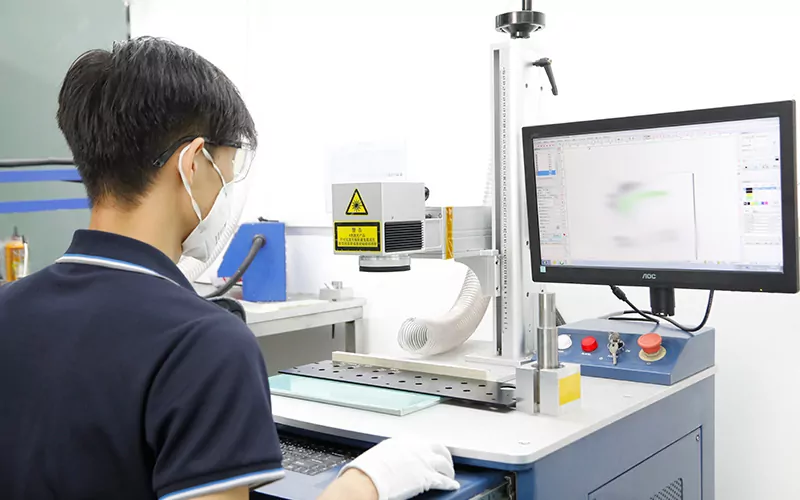Overcoming Challenges in CNC Manufacturing: Tips for Success
الجسم
In the world of manufacturing, CNC (Computer Numerical Control) technology has revolutionized the way products are made. It offers precision, efficiency, and flexibility that traditional manufacturing methods cannot match. However, like any other process, CNC manufacturing comes with its own set of challenges. In this article, we will explore some of the common challenges faced in CNC manufacturing and provide tips for overcoming them.

1. Ensuring Proper Machine Calibration
One of the key challenges in CNC manufacturing is ensuring proper machine calibration. Any inaccuracies in the calibration can lead to defective parts and wasted materials. To overcome this challenge, it is crucial to regularly calibrate the CNC machines and perform routine maintenance. This includes checking and adjusting the machine's axes, verifying the accuracy of the cutting tools, and ensuring the machine is properly lubricated. By maintaining the machines in optimal condition, manufacturers can minimize errors and achieve consistent results.
2. Optimizing Tooling and Machining Parameters
Another challenge in CNC manufacturing is optimizing tooling and machining parameters. The selection of cutting tools, feeds, speeds, and depths of cut can significantly impact the quality and efficiency of the manufacturing process. Manufacturers need to carefully analyze the material properties, part geometry, and desired surface finish to determine the most suitable tooling and machining parameters. Additionally, they should continuously monitor and adjust these parameters based on real-time feedback from the CNC machines. By optimizing tooling and machining parameters, manufacturers can improve productivity, reduce cycle times, and enhance the overall quality of the manufactured parts.
3. Managing Complex Programming and Simulation
Complex programming and simulation are often major challenges in CNC manufacturing. Creating accurate and efficient CNC programs requires a deep understanding of the machining process, as well as proficiency in programming languages such as G-code. Moreover, simulating the machining process before actual production is essential to identify potential issues and optimize the program. To overcome these challenges, manufacturers can invest in advanced CAM (Computer-Aided Manufacturing) software that offers intuitive programming interfaces and powerful simulation capabilities. By leveraging these tools, manufacturers can streamline the programming process, reduce errors, and ensure the optimal utilization of CNC machines.
4. Embracing Automation and Integration
Automation and integration play a crucial role in overcoming challenges in CNC manufacturing. By automating repetitive tasks and integrating various stages of the manufacturing process, manufacturers can improve efficiency, reduce lead times, and enhance overall productivity. For example, implementing robotic systems for material handling and tool changing can significantly reduce manual intervention and increase machine utilization. Furthermore, integrating CNC machines with other systems such as ERP (Enterprise Resource Planning) software enables seamless data exchange and real-time monitoring of production. By embracing automation and integration, manufacturers can overcome challenges related to labor shortage, minimize human errors, and achieve higher levels of operational excellence.
In conclusion, cnc manufacturing offers numerous benefits but also presents its own set of challenges. By ensuring proper machine calibration, optimizing tooling and machining parameters, managing complex programming and simulation, and embracing automation and integration, manufacturers can overcome these challenges and achieve success in CNC manufacturing. It is essential to continuously learn and adapt to the evolving technologies and best practices in order to stay ahead in the competitive manufacturing industry.






تعليقات